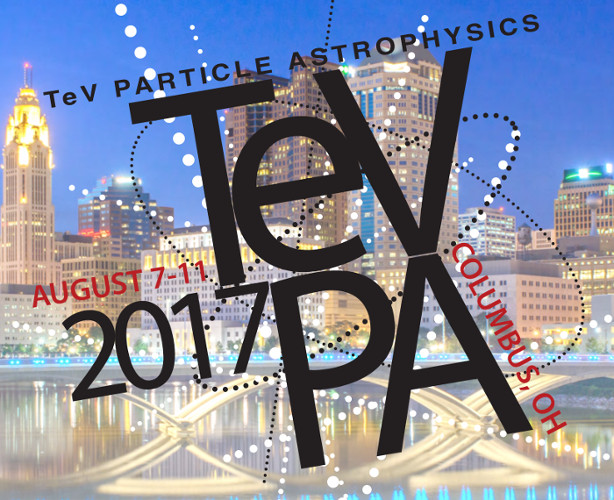Speaker
Description
It has been a mystery that with ten orders of magnitude difference in energy, high-energy neutrinos, ultrahigh-energy cosmic rays, and sub-TeV gamma rays all present comparable energy injection rate, hinting an unknown common origin. Here we show that black hole jets embedded in clusters of galaxies may work as sources of all three messengers. By simulating the particle propagation in the magnetized intracluster medium (ICM), we show that the highest-energy particles leave the source rectilinearly and contribute to the observed cosmic rays above 0.1 EeV, the intermediate-energy cosmic rays interact with the ICM gas and produce secondary neutrinos and gamma rays, and the lowest-energy cosmic rays are cooled due to the expansion of the radio lobes inflated by the jets. The energy output required to explain the measurements of all three messengers is consistent with observations and theoretical predictions of black hole jets in clusters.

